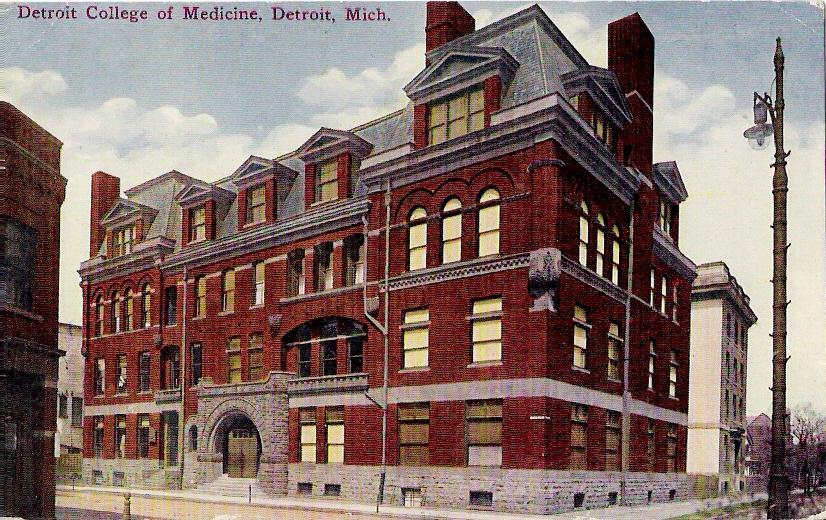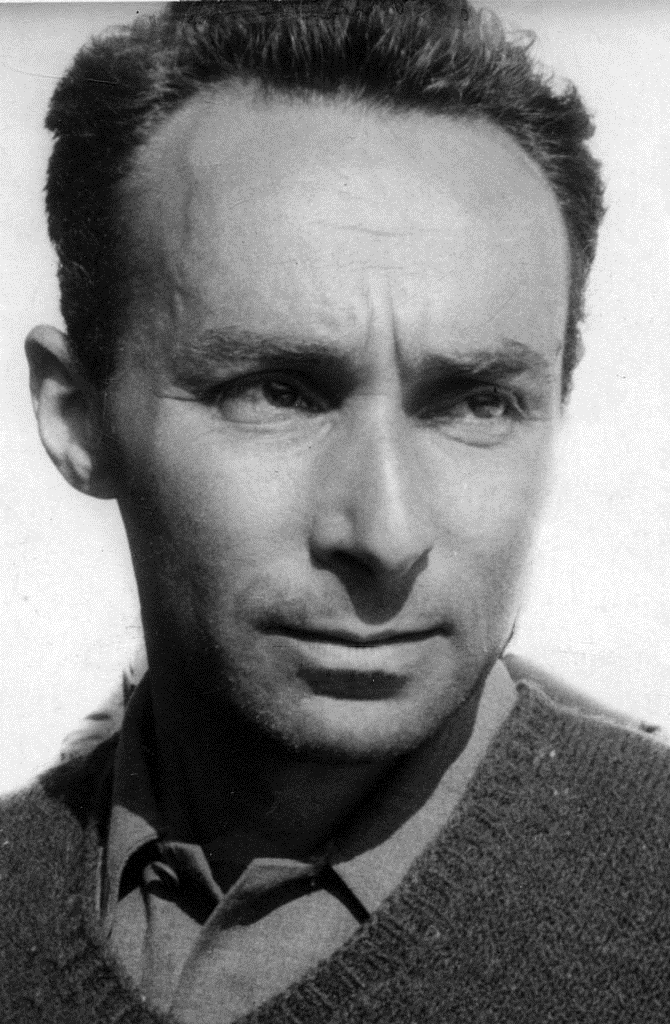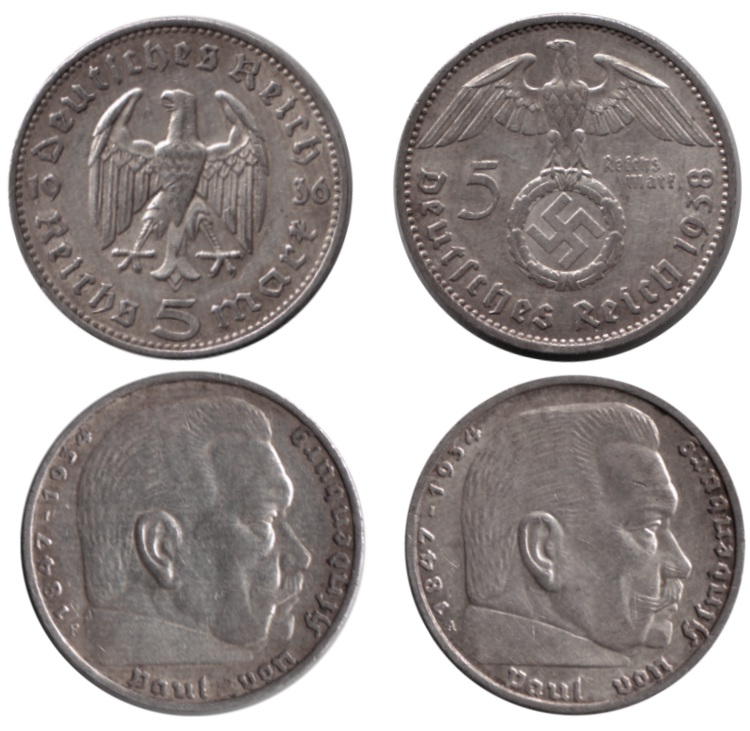|
German Camp Brothels In World War II
In World War II, Nazi Germany established brothels in the concentration camps (''Lagerbordell'' or ''Freudenabteilungen'' "Joy Divisions") to increase productivity among inmates. Their use was restricted to the more privileged Aryan prisoners, primarily the kapos, or "prisoner functionaries", and the criminal element. Jewish inmates were prohibited from using the brothels according to rules against racial mixing. In the end, the camp brothels did not produce any noticeable increase in the prisoners' productivity levels but, instead, created a market for coupons among the more privileged camp prisoners."Camp Brothel". ''Wollheim Memorial''. Accessed June 30, 2011. The women forced into these brothels came mainly from the women-only |
Bundesarchiv Bild 192-174, KZ Mauthausen, Lagerbordell Lager Gusen
The German Federal Archives or Bundesarchiv (BArch) (, lit. "Federal Archive") are the national archives of Germany. They were established at the current location in Koblenz in 1952. They are subordinated to the Federal Commissioner for Culture and the Media (Claudia Roth since 2021) under the German Chancellery, and before 1998, to the Federal Ministry of the Interior (Germany), Federal Ministry of the Interior. On 6 December 2008, the Archives donated 100,000 photos to the public, by making them accessible via Wikimedia Commons. History The federal archive for institutions and authorities in Germany, the first precursor to the present-day Federal Archives, was established in Potsdam, Brandenburg in 1919, a later date than in other European countries. This national archive documented German government dating from the founding of the North German Confederation in 1867. It also included material from the older German Confederation and the Imperial Chamber Court. The oldest docum ... [...More Info...] [...Related Items...] OR: [Wikipedia] [Google] [Baidu] |
Wayne State University
Wayne State University (WSU) is a public university, public research university in Detroit, Michigan, United States. Founded in 1868, Wayne State consists of 13 schools and colleges offering approximately 375 programs. It is Michigan's third-largest university with nearly 24,000 graduate and undergraduate students. Wayne State University, along with the University of Michigan and Michigan State University, compose the University Research Corridor of Michigan. Wayne State is Carnegie Classification of Institutions of Higher Education, classified among "R1: Doctoral Universities – Very high research activity". Wayne State's main campus comprises 203 acres linking more than 100 education and research buildings. It also has three satellite campuses in Macomb and Wayne counties. The Wayne State Warriors compete in the NCAA Division II Great Lakes Intercollegiate Athletic Conference (GLIAC). History Wayne State University was established in 1868 as the Detroit Medical College by ... [...More Info...] [...Related Items...] OR: [Wikipedia] [Google] [Baidu] |
Josef Kohout
Josef Kohout (24 January 1915 – 15 March 1994) was an Austrians, Austrian Nazi concentration camp survivor, imprisoned for his homosexuality. He is best known for the 1972 book ''Die Männer mit dem rosa Winkel'' (''The Men With the Pink Triangle''), which was written by his acquaintance Hans Neumann using the pen name Heinz Heger, which is often falsely attributed to Kohout. The book is one of very few first-hand accounts of the treatment of homosexuals in Nazi imprisonment. It has been translated into several languages, and a second edition published in 1994. It was the first testimony from a homosexual survivor of the concentration camps to be translated into English, and is regarded as the best known. Its publication helped to illuminate not just the suffering gay prisoners of the Nazi regime experienced, but the lack of recognition and compensation they received after the war's end. Kohout's book inspired the 1979 play ''Bent (play), Bent'', by Martin Sherman (dramatist), Mar ... [...More Info...] [...Related Items...] OR: [Wikipedia] [Google] [Baidu] |
If This Is A Man
''If This Is a Man'' ( ; United States title: ''Survival in Auschwitz'') is a memoir by History of the Jews in Italy, Jewish Italians, Italian writer Primo Levi, first published in 1947. It describes his arrest as a member of the Italian resistance movement, Italian anti-fascist resistance during the World War II, Second World War, and his incarceration in the Auschwitz concentration camp (Monowitz concentration camp, Monowitz) from February 1944 until the camp was liberated on 27 January 1945. Background to the memoir Primo Levi was born in 1919 in Turin. His forebears were History of the Jews in Turin, Piedmontese Jews. He studied chemistry at the University of Turin, graduating ''summa cum laude'' in 1942, notwithstanding the restrictions imposed by Mussolini's Manifesto of Race, racial laws. In 1942 he found a position with a Swiss drug company in Milan. With the German occupation of northern and central Italy in 1942, Levi joined a partisan group in Aosta Valley in the Alps ... [...More Info...] [...Related Items...] OR: [Wikipedia] [Google] [Baidu] |
Primo Levi
Primo Michele Levi (; 31 July 1919 – 11 April 1987) was a Jewish Italian chemist, partisan, Holocaust survivor and writer. He was the author of several books, collections of short stories, essays, poems and one novel. His best-known works include: '' If This Is a Man'' (''Se questo è un uomo'', 1947, published as ''Survival in Auschwitz'' in the United States), his account of the year he spent as a prisoner in the Auschwitz concentration camp in Nazi-occupied Poland; and '' The Periodic Table'' (1975), a collection of mostly autobiographical short stories, each named after a chemical element which plays a role in each story, which the Royal Institution named the best science book ever written. Levi died in 1987 from injuries sustained in a fall from a third-storey apartment landing. His death was officially ruled a suicide, although that has been disputed by some of his friends and associates and attributed to an accident. Biography Early life Levi was born in 1919 i ... [...More Info...] [...Related Items...] OR: [Wikipedia] [Google] [Baidu] |
House Of Dolls
''House of Dolls'' () is a 1953 novella by Ka-tzetnik 135633. The novella describes "Joy Divisions", which were groups of women imprisoned in the concentration camps during World War II who were kept for the sexual pleasure of other inmates. Origins Between 1942 and 1945, Auschwitz and nine other Nazi concentration camps contained camp brothels (''Freudenabteilungen'', or "Joy Divisions"), mainly used to reward cooperative non-Jewish inmates. In the documentary film ''Memory of the Camps'', a project supervised by the British Ministry of Information and the American Office of War Information during the summer of 1945, camera crews filmed women who had been forced into sexual slavery, reporting that " Dachau had its own brothel for the use of guards and favored prisoners." The filmmakers stated that as the women died they were replaced by fresh contingents from the concentration camp at Ravensbrück. The novel tells the story of a Jewish woman named Daniella who is "f ... [...More Info...] [...Related Items...] OR: [Wikipedia] [Google] [Baidu] |
Ka-Tzetnik
Yehiel De-Nur (; ''De-Nur'' means 'of the fire' in Aramaic; also Romanized ''Dinoor, Di-Nur''), also known by his pen name Ka-Tsetnik 135633 (), born Yehiel Feiner (16 May 1909 – 17 July 2001), was a Jewish writer and Holocaust survivor, whose books were inspired by his time as a prisoner in the Auschwitz concentration camp. Biography Yehiel De-Nur was born in Sosnowiec, Poland. He was a pupil in Chachmei Lublin Yeshiva and later supported Zionism. In 1931, he published a book of Yiddish poetry, which he tried to destroy after the war. During World War II, De-Nur spent two years as a prisoner in Auschwitz. In 1945, he immigrated to Mandatory Palestine (now Israel). He wrote several books and essays in Modern Hebrew about his experiences in the camp using his identity number at Auschwitz, Ka-Tsetnik 135633 (sometimes "K. Tzetnik"). ''Ka-Tsetnik'' () is Yiddish for "Concentration Camper" (deriving from "ka tzet", the pronunciation of KZ, the abbreviation for ''Konzentrations ... [...More Info...] [...Related Items...] OR: [Wikipedia] [Google] [Baidu] |
Wehrmacht
The ''Wehrmacht'' (, ) were the unified armed forces of Nazi Germany from 1935 to 1945. It consisted of the German Army (1935–1945), ''Heer'' (army), the ''Kriegsmarine'' (navy) and the ''Luftwaffe'' (air force). The designation "''Wehrmacht''" replaced the previously used term (''Reich Defence'') and was the manifestation of the Nazi regime's efforts to German rearmament, rearm Germany to a greater extent than the Treaty of Versailles permitted. After the Adolf Hitler's rise to power, Nazi rise to power in 1933, one of Adolf Hitler's most overt and bellicose moves was to establish the ''Wehrmacht'', a modern offensively-capable armed force, fulfilling the Nazi regime's long-term goals of regaining lost territory as well as gaining new territory and dominating its neighbours. This required the reinstatement of conscription and massive investment and Military budget, defence spending on the arms industry. The ''Wehrmacht'' formed the heart of Germany's politico-military po ... [...More Info...] [...Related Items...] OR: [Wikipedia] [Google] [Baidu] |
Abortions
Abortion is the early termination of a pregnancy by removal or expulsion of an embryo or fetus. Abortions that occur without intervention are known as miscarriages or "spontaneous abortions", and occur in roughly 30–40% of all pregnancies. Deliberate actions to end a pregnancy are called induced abortion, or less frequently "induced miscarriage". The unmodified word ''abortion'' generally refers to induced abortion. Common reasons for having an abortion are birth-timing and limiting family size. Other reasons include maternal health, an inability to afford a child, domestic violence, lack of support, feelings of being too young, wishing to complete an education or advance a career, or not being able or willing to raise a child conceived as a result of rape or incest. When done legally in industrialized societies, induced abortion is one of the safest procedures in medicine. Modern methods use medication or surgery for abortions. The drug mifepristone (aka RU-486) in ... [...More Info...] [...Related Items...] OR: [Wikipedia] [Google] [Baidu] |
Nazi Concentration Camp Badges
Nazi concentration camp badges, primarily triangles, were part of the system of identification in German camps. They were used in the concentration camps in the German-occupied countries to identify the reason the prisoners had been placed there. The triangles were made of fabric and were sewn on jackets and trousers of the prisoners. These mandatory badges of shame had specific meanings indicated by their colour and shape. Such emblems helped guards assign tasks to the detainees. For example, a guard at a glance could see if someone was a convicted criminal (green patch) and thus likely of a tough temperament suitable for '' kapo'' duty. Someone with an escape suspect mark usually would not be assigned to work squads operating outside the camp fence. Someone wearing an F could be called upon to help translate guards' spoken instructions to a trainload of new arrivals from France. Some historical monuments quote the badge-imagery, with the use of a triangle being a sort of vi ... [...More Info...] [...Related Items...] OR: [Wikipedia] [Google] [Baidu] |
Reichsmark
The (; sign: ℛ︁ℳ︁; abbreviation: RM) was the currency of Germany from 1924 until the fall of Nazi Germany in 1945, and in the American, British and French occupied zones of Germany, until 20 June 1948. The Reichsmark was then replaced by the Deutsche Mark, to become the currency of West Germany and then all of Germany after the 1990 reunification. The Reichsmark was used in the Soviet occupation zone of Germany until 23 June 1948, where it was replaced by the East German mark. The Reichsmark was subdivided into 100 (Rpf or ℛ︁₰). The Mark is an ancient Germanic weight measure, traditionally a half pound, later used for several coins; (''realm'' in English) comes from the official name for the German state from 1871 to 1945, . History The Reichsmark was introduced in 1924 as a permanent replacement for the '' Papiermark''. This was necessary due to the 1920s German inflation which had reached its peak in 1923. The exchange rate between the old ''Papiermark'' ... [...More Info...] [...Related Items...] OR: [Wikipedia] [Google] [Baidu] |





